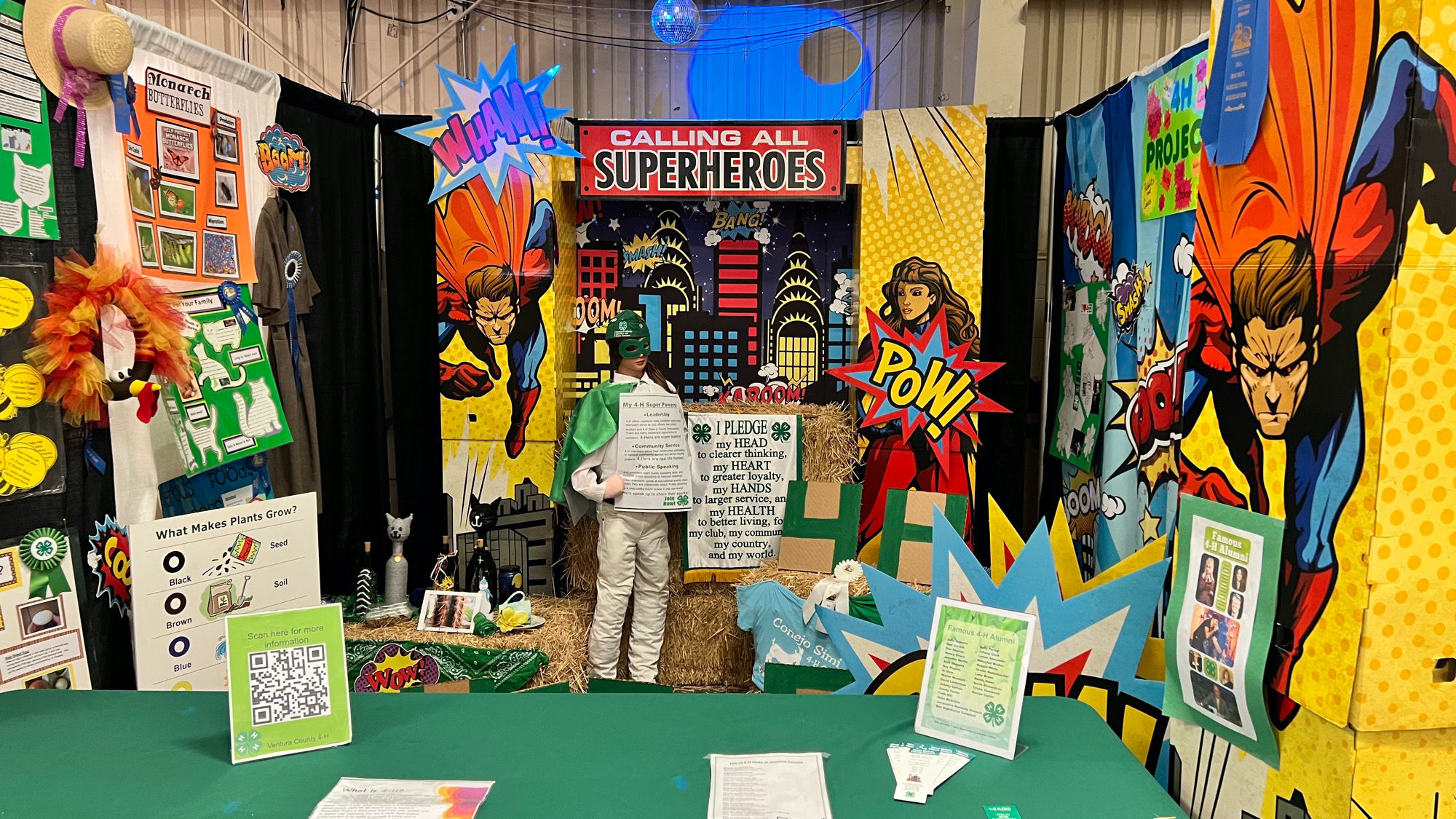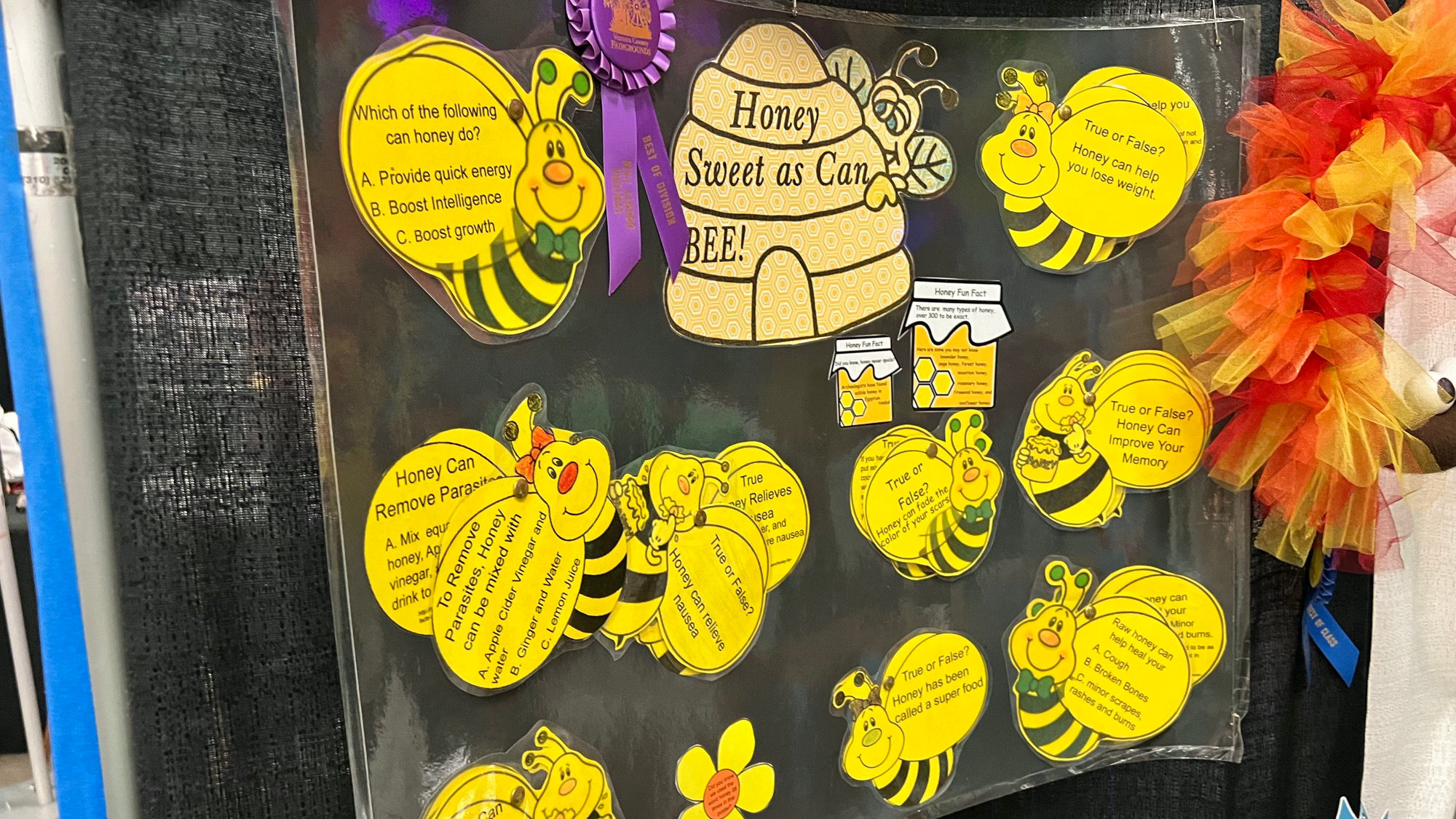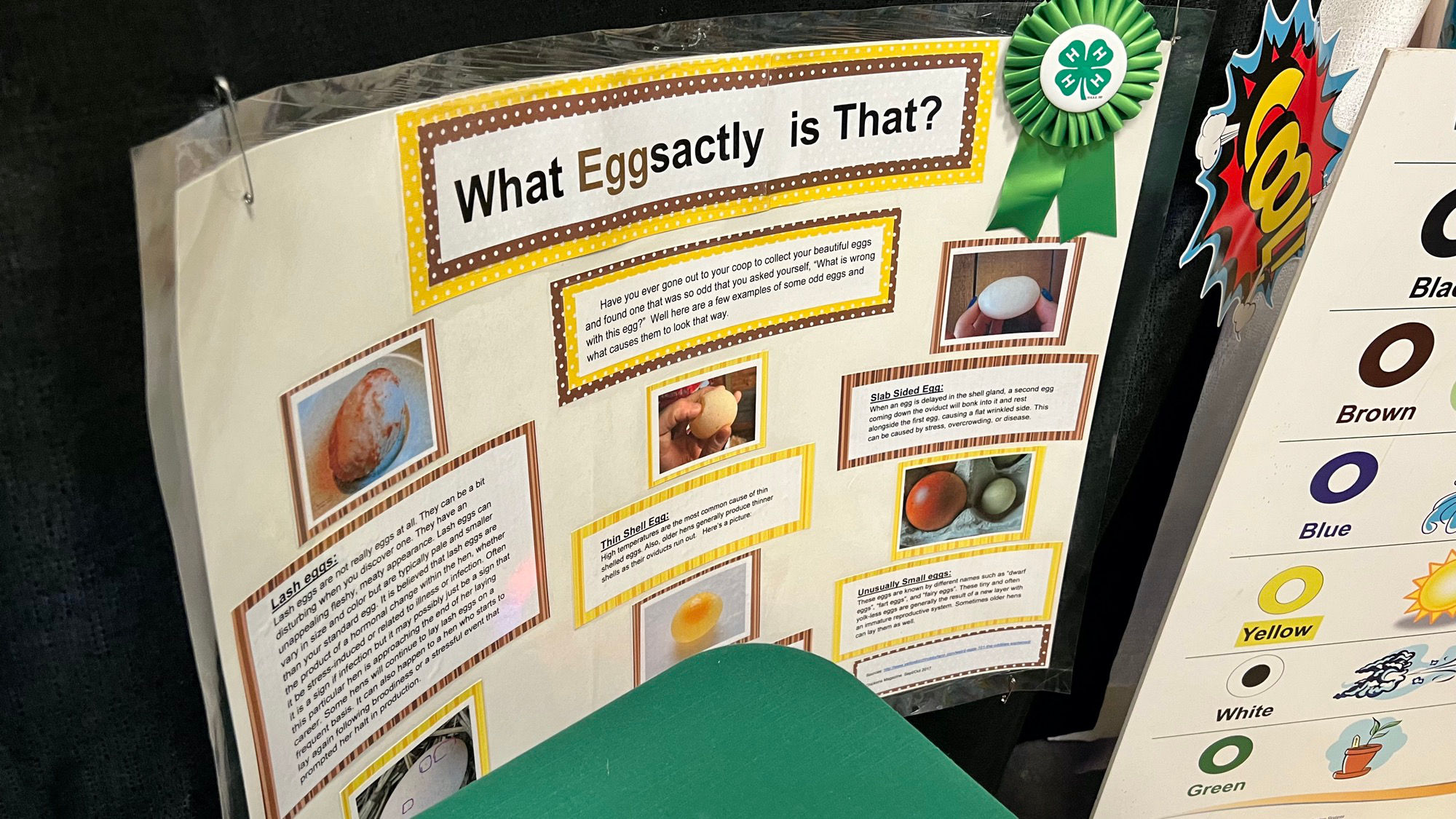
I Pledge my head to clearer thinking, my heart to greater loyalty, my hands to larger service, and my health to better living, for my club, my community, my country, and my world.
My 4H Super Powers
- Leadership
- Community Service
- Public Speaking

- Cat Diet
Cats are carnivones and scavengers with opportunistic diets. While most domesticated cats eat store-bought cat food given to them by their caretakers, cats in the wild mostly dine on human scraps (garbage) and small animals. Cats in the wild prefer rodents, birds and amphibians under 100g in weight. Aside from store-bought food, some favorite foods include: trash, mice, birds, fish, lizards, voles, moles and rabbits. - Feral Cats
- Born in the wild
- Grew up with little / no human interaction
- Live and reproduce near humans
- Often indirectly taken care of
- Never Vaccinated
- Stray Cats
- Once a pet cat either abandoned or lost
- Once socialized
- Possibly Vaccinated
- Possibly Approachable or even friendly
- Pet Cats
- Live in the custody of humans
- Socialized
- Vaccinated
- Generally born in captivity
- Friendlier towards humans
- Due to their extreme adaptability, cats inhabit most of the world, including all continents except for Antarctica
- Did you know that in just 9 years a single male and female cat and their offspring can produce 11,606,077 cats?
- Cats have 32 bones in each ear
- Abraham Lincoln always signed important documents with a cat in his lap
- While cats can climb up trees face first, they cannot climb down the same way, because their claws curve backwards
- A cat's rand of hearing is about 3 times that of a human, which means cats have superior sound detection skills
- Cats cannot taste sweet foods, due to a lack of sweet taste buds.


Have you ever gone out to your coop to collect your beautiful eggs and found one that was so odd that you asked yourself, "What is wrong with this egg?" Well here are a few examples of some odd eggs and what causes them to look that way.
- Lash eggs:
Lash eggs are not really eggs at all. They can be a bit disturbing when you discover one. They have an unappealing fleshy, meaty appearance. Lash eggs can vary in size and color but are typically pale and smaller than your standard egg. It is believed that lash eggs are the product of a hormonal change within the hen, whether it be stress-induced or related to illness or infection. Often it is a sign of infection but it may possibly just be a sign that this particular hen is approaching the end of her laying career. Some hens will continue to lay lash eggs on a frequent basis. It can also happen to a hen who starts lo lay again following broodiness or a stressful event that prompted her halt in production. - Thin Shell Egg
High temperatures are the most common cause of thin shelled eggs. Also, older hens generally produce thinner shells as their oviducts run out. - Unusually Small eggs:
These eggs are known by different names such as dwarf eggs: fart eggs, and fairy eggs. These tiny and often yolk-less eggs are generally the result of a new layer with an immature reproductive system. Sometimes older hens can lay them as well.
Ventura County 4H:
4-H is an exciting educational program for all youth ages 5 to 19. 4-H fosters an innovative, “learn by doing" approach with an emphasis in STEM and proven results. A study conducted by the Institute for Applied Research in Youth Development at Tufts University, shows youth engaged with 4-H are:
- Nearly two times more likely to get better grades in school.
- Nearly two times more likely to plan to go to college.
- 41 percent less likely to engage in risky behaviors.
- 25 percent more likely to positively contribute to their families and communities.
What is a 4-H Club?
A 4-H club is an organized group of at least five youth from three different families with two 4-H appointed adult volunteers. Members and leaders meet regularly and have a planned program that is carried out through all or most of the year. The purpose of a 4-H club is to provide positive youth development opportunities that enable youth to reach their full potential as competent, confident, leaders of character who contribute and are connected to their communities.4-H clubs usually meet on weekday evenings and offer self-chosen multiple learning experiences and activities. The youth officers run the meetings, typically using parliamentary procedure.
All 4-H clubs must be chartered, which includes having an approved constitution and bylaws. The 4-H charter allows clubs to use the 4-H name and emblem, raise funds in the name of 4-H, and carry out the 4-H educational program.
Individual youth and adult volunteers must complete the required 4-H enrollment process and pay the annual 4-H program fee which includes accident and sickness insurance coverage.
There are currently twelve 4-H clubs in Ventura County ranging in size from half a dozen to over fifty.
What are 4-H Projects?
Each year, a 4-H club member enrolls in at least one project. Members enrolling for the first time may be encouraged to take on only one or two projects. As members gain experience, the size of the project may be increased, or additional projects may be selected. Some project groups meet once a week, while others might meet once or twice a month. The purpose of these meetings is to guide the members in gaining knowledge, attitudes, skills, and habits needed to complete their work successfully.A 4-H project is:
- Planned work in an area of interest to the 4-H member.
- Guided by a 4-H adult volunteer who is the project leader.
- Aimed at planned objectives that can be attained and measured.
- Summarized by some form of record keeping.
- A minimum of six hours of project instruction.
Ventura County 4H Agriculture
- Livestock & Rangeland
- Avocado, Citrus, Minor Subtropicals
- Caneberry
- Irrigation and Nutrient Management
- Strawberry
- Vegetables
- Landscape & Plant Pathology
- Ag Economics & Farm Management
University of California
Agriculture and Natural Resources
Ventura County 4-H
https://ceventura.ucanr.edu/Families_-_Communities/
University of California 4-H Conejo Simi Club:
The Conejo Simi 4-H club is a local chapter of the University of California 4-H Youth Development program in Ventura County. We have members from Thousand Oaks, Westlake, Newbury Park, Moorpark, Agoura, and Simi Valley.Our members complete hands-on projects in areas like health, science, agriculture and citizenship, in a positive environment where they receive guidance from adult mentors and are encouraged to take on proactive leadership roles. 4‑H empowers young people with the skills to lead for a lifetime. It’s a research-based experience that includes a mentor, a hands-on project, and a meaningful leadership opportunity. Based on their interests and guided by adult mentors, youth develop their own pathway in 4‑H. They select from a broad menu of projects unique to Conejo Simi 4-H. There are hands-on, learn-by-doing, opportunities for everyone.
4H Creed
- I believe in 4-H Club work for the opportunity it will give me to become a useful citizen.
- I believe in the training of my HEAD for the power it will give me to think, plan and to reason.
- I believe in the training of my HEART for the nobleness it will give me to be kind, sympathetic and true.
- I believe in the training of my HANDS for the ability it will give me to be helpful, skillful, and useful.
- I believe in the training of my HEALTH for the strength it will give me to enjoy life, to resist disease, and to work efficiently.
- I believe in my country, my state, and my community and in my responsibility for their development.
- In all these things I believe, and am willing to dedicate my efforts to their fulfillment.
Q: Is 4-H all about animals?
A:No. Animal science and other traditional programs play an important role in our club as well as many non-traditional programs such as Healthy Living, leadership and citizenship, and science and technology, to name just a few. Some of our favorite club projects include speech & presentation, arts & crafts, sewing, cultural arts, photography, and cake decorating, among others.
Conejo Simi 4-HLearn skills that will support you throughout you life such as:
- Public speaking
- Problem solving
- Goal setting
- Leadership skills
- Planning skills
- Self confidence
- Citizenship
- Communication skills
- Expanded horizons
- Organizational skills
- Much more




